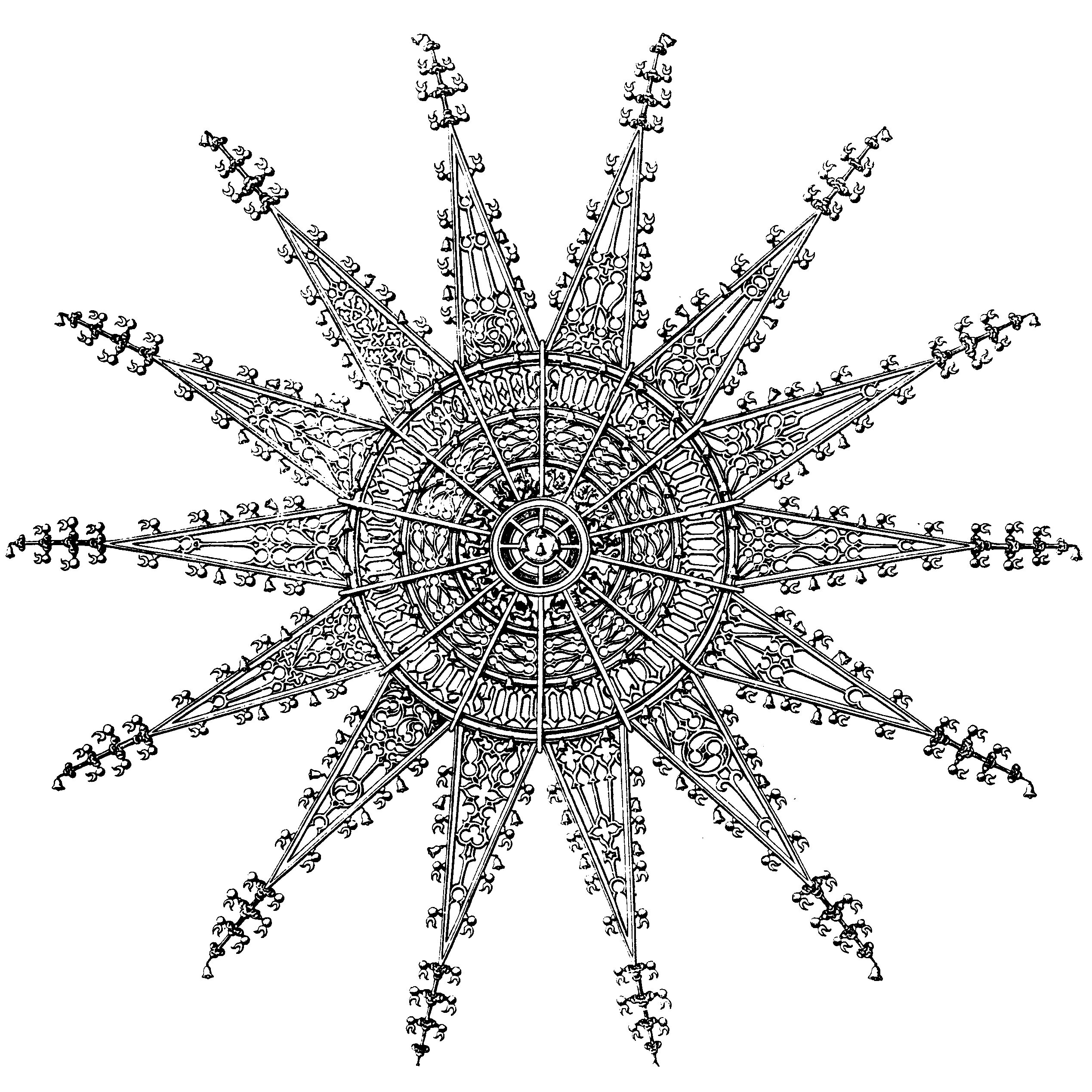Diciottesimo Colloquio di Musicologia
del «Saggiatore musicale»
Bologna, 21-23 novembre 2014
Abstracts
Herrando, Corselli, Ledesma and Their Models: Composing Violin Sonatas in Mid-18th-Century Madrid
In the period ca. 1680-ca. 1740, violin playing in Spain went through a deep transformation in terms of genres, compositional style and instrumental technique. Italian virtuosos hired in Madrid court fostered the introduction of the violin sonata and the trio sonata, which involved the use of new musical forms and technical devices (a wider gamut, varied bow strokes, double-stopping, etc.). By 1730, violin works by Corelli, Albinoni, Vivaldi and Locatelli were known in Madrid and surrounding cities. At the same time, modern French dances became increasingly popular, especially minuets and contredanses, omnipresent in instrumental compilations throughout the century. Madrid-based composers started writing trio sonatas in the Italian style in the 1680s, but the composition of solo violin works has not been documented in the city until the 1740s. In the period 1740-1770, at least ninety-seven violin sonatas were composed there, thus attesting to a considerable demand for this music. More than half of these works have been located, mainly in manuscript copies. Especially prolific in this genre were José Herrando (with thirty-three solo sonatas), Francesco Montali (with eighteen) and Mauro D’Alay (with ten unpublished sonatas preserved in a Spanish source).
The located solo sonatas reflect mainly Italian influences, but references to French dances are constant, especially to the minuet. Despite the assumptions of previous historiography, Corelli was not a formal model for Madrid-based composers. On the contrary, this music’s organisation patterns (number and types of movements, number of works per collection, formal structures, etc.) are closer to more up-to date works by Locatelli and Tartini. As for the technical difficulty, an intermediate standard suitable for amateurs predominates, but there are also virtuosic works like Herrando’s Doze tocatas (ca. 1750). No explicit allusions to national musical topics (e.g. the fandango) have been detected, but rather a Pan-European taste. In fact, the violin sonata fostered the assimilation in Madrid of compositional strategies increasingly standardised at the time, such as sonata forms and ‘galant’ schemata. This paper offers an overview of these issues through a selection of representative music examples.
